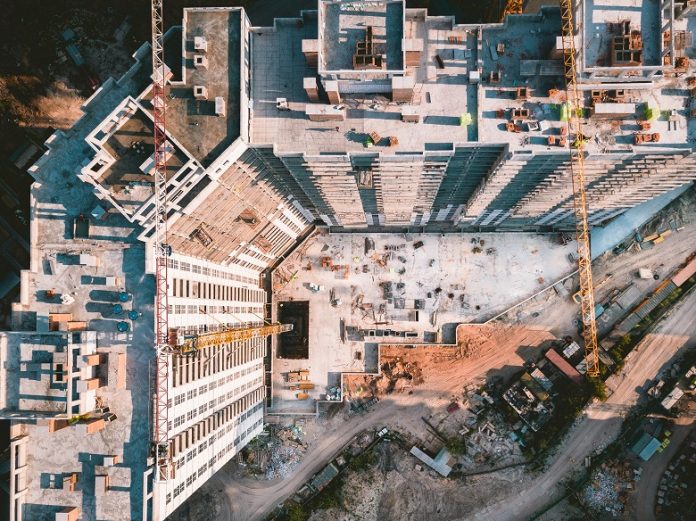After weathering the 2023 banking stresses and ongoing high interest rate environment, 2024 and beyond is likely to be more challenging. Financing conditions remain restrictive, and political uncertainty is on the rise with US and Mexican Presidential elections. High government deficits further limit the scope for support for the sector
Construction outperformed expectations in 2023
Given the backdrop of high interest rates, tight credit availability and worries about a potential financing crunch in the wake of US banking failures in March of last year, the North American construction sector performed well in 2023. Mexico was top, experiencing rapid growth, led by accelerated public infrastructure spending ahead of this year’s Presidential election. In the US, a lack of existing homes for sale meant demand for new homes remained resilient despite high mortgage rates. At the same time, government support to incentivise the reshoring of manufacturing activity has seen construction activity in the non-residential sector perform even more strongly than for home building.
Canada was the underperformer with housing starts falling, led by declines in single-family home construction. Non-residential construction was stronger, led by industrial and institutional investment spending, but commercial construction, such as offices and retail which make up half of non-residential construction, was lower and is currently down around 3.5%YoY.
2024 constrained by reduced government support and high borrowing costs
2024 is also expected to see a mixed performance. In the case of Mexico, inflation is slowing and the central bank cut interest rates for the first time in this cycle in March. Markets expect the policy rate to be lowered to 9.5% by year-end, having peaked at 11.25% in 2023. Lower borrowing costs should allow the economy to continue growing close to trend, with unemployment remaining around 3%. This backdrop should support both private residential and non-residential construction. However, public construction should contract sharply after the rapid growth seen in 2023.
In the US, interest rates remain elevated with 30Y fixed-rate mortgages back above 7%, but they are expected to fall in 2H 2024 as the Federal Reserve becomes more comfortable with the inflation backdrop and cooling of the jobs market triggers looser monetary policy towards the end of the year. Government support programmes for manufacturing-related construction activity will continue throughout the year, but the incremental increase in spending will slow markedly. Uncertainty over the impending presidential election and potential policy shifts may also see more reluctance to put money to work, but overall we should still see positive growth.
Canada looks more difficult to call with elevated house price-to-income ratios and the structure of the Canadian mortgage market acting as a headwind for construction. Subdued economic growth relative to the US and Mexico and the general uptrend in the unemployment rate over the past 12 months may mean we see a slowing in growth in the non-residential construction sector. Longer term, the outlook is more positive, given immigration has boosted population growth.
Source: ING










































